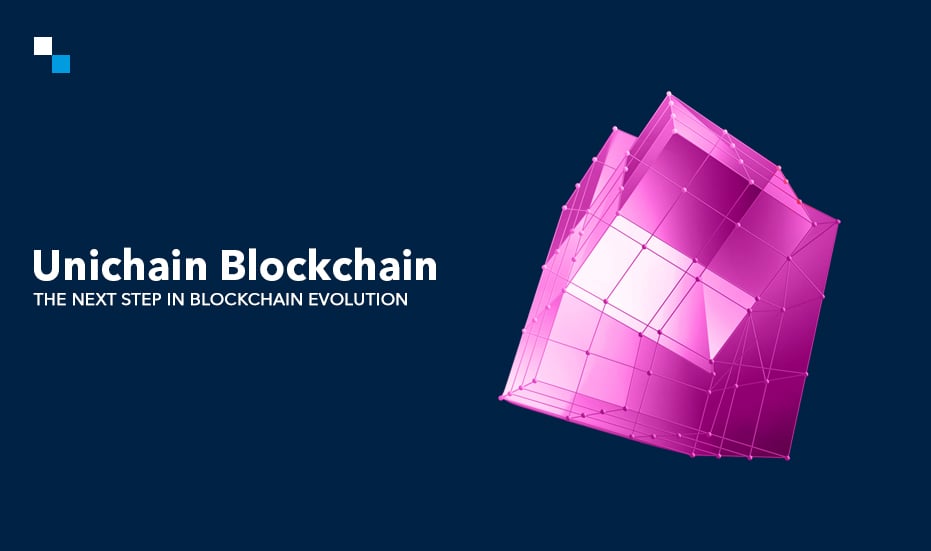
Crypto Wallet Development: Top Challenges and How to Resolve them
December 10, 2021
NFT Game Development: How to Ace the Future of Gaming Business?
December 14, 2021For many potential investors and traders, the great complexity of the processes involved in trading cryptocurrencies remains a barrier to entrance.
Crypto Asset Management services come into play here. They allow users to aggregate their many holdings into a single platform. This means you won’t have to manage different wallets and accounts anymore; everything is now in one location, and you’ll have access to superior portfolio management features.
A crypto asset management platform makes life easy for both newbies and seasoned traders in the crypto asset world. The growth of these platforms may help to open up the bitcoin market to a broader audience, including less experienced investors.
Let’s take a step back and make sure we understand the meaning of some of the most significant terminology in this domain before diving into examples of crypto asset management software.
The reason behind the rise of Crypto Asset Management
Wallets for cryptocurrencies exist in the same way as wallets for USD, Euro, or GBP exist. Keep in mind that not every wallet accepts every coin; however, some wallets accept numerous cryptocurrencies.
The private and/or public keys, not the currency, are stored in the wallet. The information in your wallet points to where your cryptocurrency is kept on the blockchain, and public and private keys either allow others to send you money or allow you to spend your bitcoin from the address derived from your key.
Maintaining multiple separate wallets becomes a headache when the crypto portfolio grows. This is one of the reasons why crypto asset management solutions are becoming increasingly popular, as they enable you to manage all of your wallets from an one location.
Simplified Crypto Asset Management’s Allure
Buying bitcoins is still more difficult than buying traditional stocks. More market participants are becoming aware of the need for simple tools designed to manage crypto portfolios for traders of all skill levels as cryptocurrencies draw more consumers.
Now, prospective traders must first discover a wallet that accepts the cryptocurrencies they want to trade, and then find an exchange that lists their favourite coin, before going through a complex and time-consuming verification process. If they want to diversify their assets after entering the market, they must spread out between wallets and exchanges. While it is possible, the complexity of the process remains a significant barrier to entry for many would-be traders. Many people in the sector are aware of the issue.
However, this storey began well before the COVID-19 pandemic. Crypto-assets have effectively been a retail space for years. Individuals, who invested on their own from computers, phones, and tablets, sometimes with insufficient comprehension or expertise of the market, were and continue to face the consequences of information asymmetry and (un)regulated exchange transaction fees. Furthermore, ordinary investors have placed a frightening amount of reliance in the management of investing platforms. When it comes to doing due diligence, platforms’ resilience typically falls short.
The more sophisticated investors, aware of the cyber risks associated with crypto-asset investing, have turned to offline wallets, also known as “cold storage,” which refers to when a digital wallet is stored on a platform that is not connected to the internet or when institutional grade custody solutions are used.
Manage you Own Crypto Assets with Us
Schedule Free DemoOpportunities in Launching A Crypto Asset Management Services Company
1. Organizing an Emerging Market through New Platforms
So far, the crypto sector has seen a slew of new exchanges pop up, all of which provide a mix of cryptocurrencies, though not an exhaustive list. This is a problem for investors, as many exchanges aren’t compatible with all wallets, causing problems when managing a broad portfolio of assets.
To address the problem, crypto asset management systems are attempting to streamline the process by avoiding the use of a third party or manager to oversee users’ assets. These tools make it easier for average traders who don’t have a profound understanding of the market to get started and succeed.
There are a number of systems that promise to make asset management easier for crypto traders, and many of them have already proven to be effective.
2. Rising of A New Product line
Finally, bitcoin euphoria and adoption will be sustained only if newcomers to the market can simply join. Crypto asset management solutions provide a straightforward and centralised location for traders of all skill levels to manage their investments, and therefore a clearer path into the ecosystem.
The emerging asset class will continue to develop as these platforms become more mainstream and continue to defragment the already fragmented crypto exchange market. Nonetheless, their success is contingent not just on providing a single site to track investments, but also on serving as a hub for better understanding the overall market.
To be honest, crypto-assets have a lot of unique characteristics and are undeniably complex, even though they are opening up a whole new universe of opportunity for asset managers and investors, both institutional and retail. The days when everything crypto was thought to be a subject of the internet’s darkest twists and turns are long gone and obsolete.
This is the greatest time to start your own Crypto Asset Management services company if you’ve decided to do so. The exponential expansion of crypto trading and crypto asset management services around the world is paving the way for the next big breakthrough in blockchain-based innovations.



